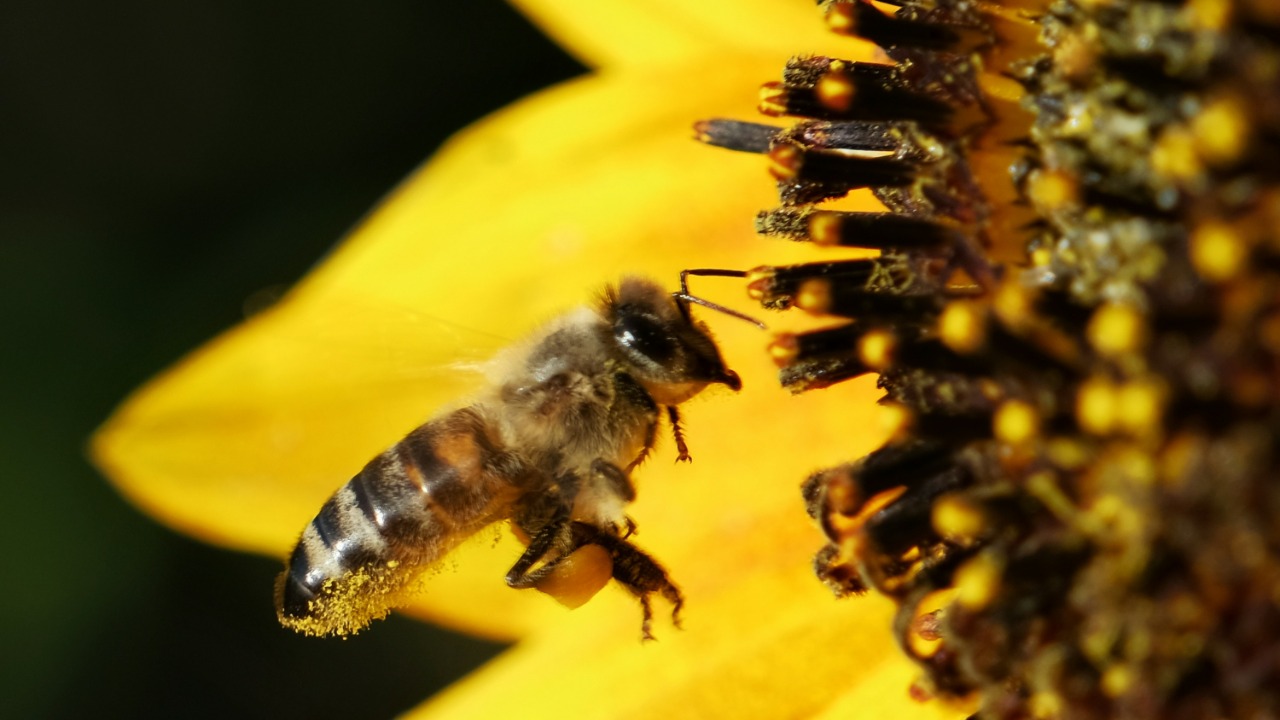
For the first time, wild honeybees (Apis mellifera) across Europe have been officially classified as “Endangered” on the European Red List by the International Union for Conservation of Nature (IUCN). This alarming assessment, which covers 11 subspecies native to the continent, reveals an 83% decline in their populations over recent decades due to multiple human-induced threats. Scientists warn that without urgent action, this iconic pollinator could face extinction risks not seen since the 19th century.
The IUCN Assessment: What It Means for Wild Honeybees
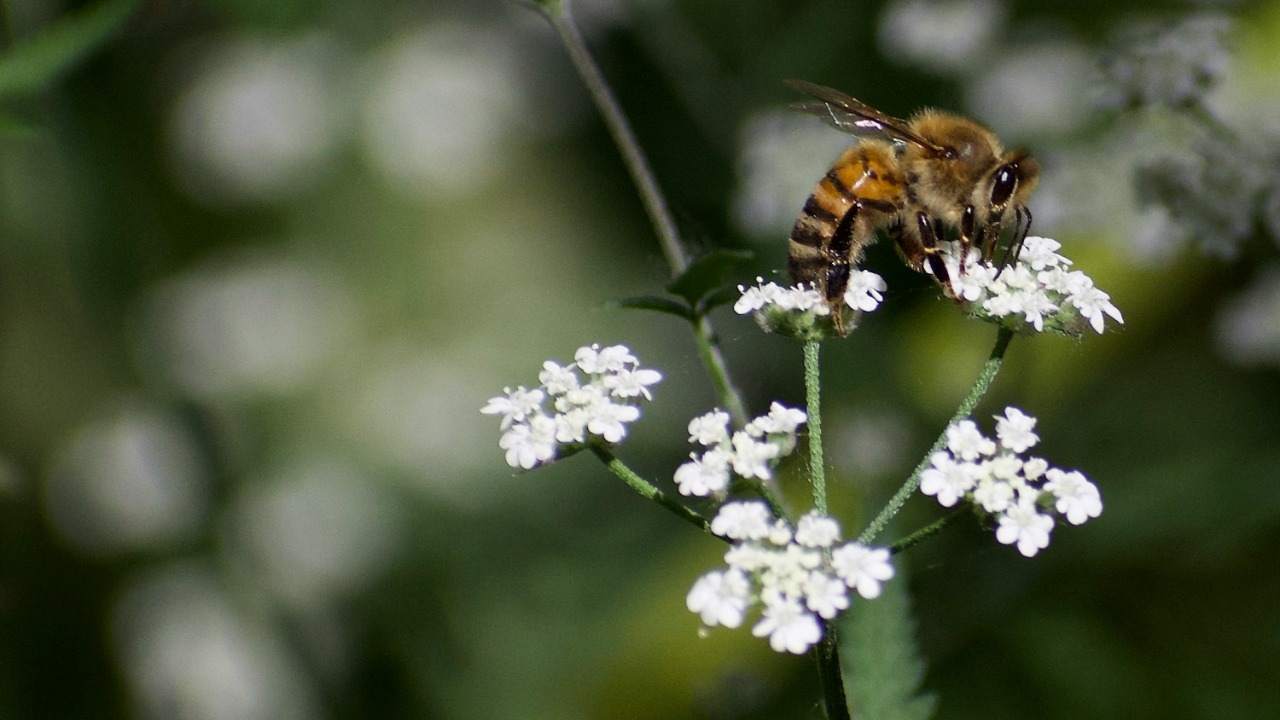
The IUCN’s methodology for the European Red List involves a thorough evaluation of species based on criteria such as population reduction rates. The “Endangered” status was determined for wild honeybees after data showed an alarming 83% decline in their populations since the 1960s. This assessment is a significant escalation in the conservation status of these vital pollinators.
This classification applies to 11 distinct subspecies of wild honeybees found in countries from the UK to the Mediterranean. It’s important to note that managed hives are not part of this wild population evaluation. IUCN entomologist Claire Brown stated, “This is the first time wild honeybees have been assessed at a European level, revealing the true extent of their vulnerability.”source
Major Threats Driving the Decline
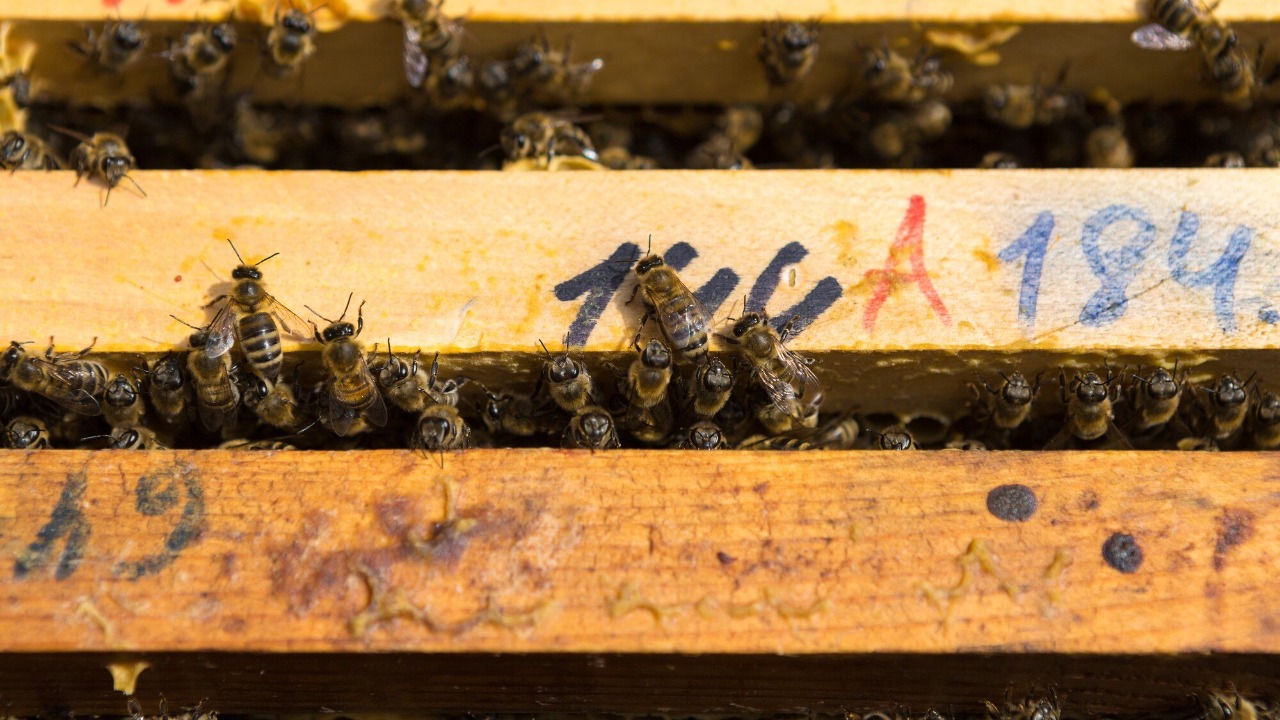
Habitat loss and fragmentation are major factors contributing to the decline of wild honeybees. Reports indicate that urbanization and intensive agriculture have reduced suitable foraging areas by over 50% in Western Europe since 1990. This loss of habitat is a significant threat to the survival of these bees.
Pesticides, particularly neonicotinoids, have also been linked to the decline in wild bee populations. Studies from France and Germany have shown a 25% drop in wild bee colony survival rates due to the impact of these pesticides. Climate change is another significant factor, with altered flowering seasons that mismatch bee life cycles. Projections show potential further declines of 20-30% by 2050 in southern Europe.
Regional Variations in Honeybee Populations
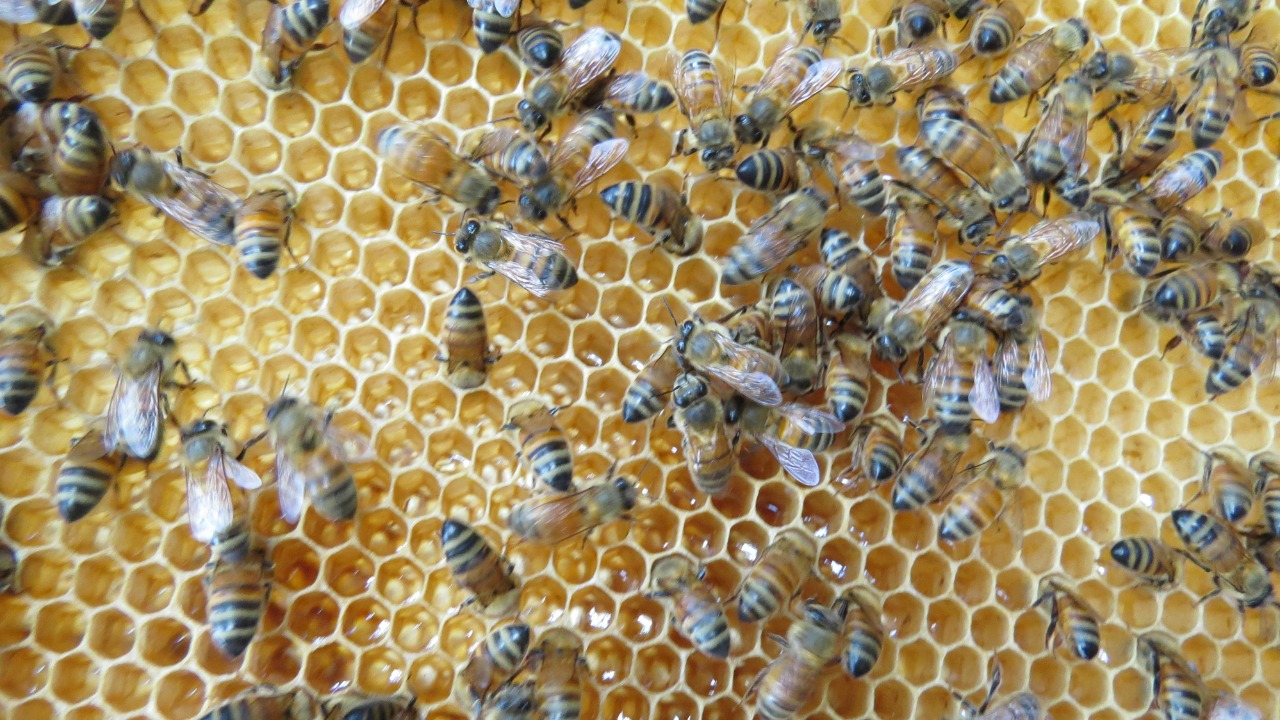
There are significant differences in honeybee populations across Europe. In the UK, only 5% of wild colonies remain viable, indicating critically low populations. In contrast, Eastern European countries like Romania have relatively stable but still declining numbers.
Subspecies-specific risks also exist. For instance, the black honeybee (Apis mellifera mellifera) in northern regions is endangered due to hybridization with imported strains. Monitoring efforts, like the EU’s ongoing surveys since 2015, have tracked a 14% annual decline in wild bee sightings in agricultural zones.
Implications for Ecosystems and Agriculture
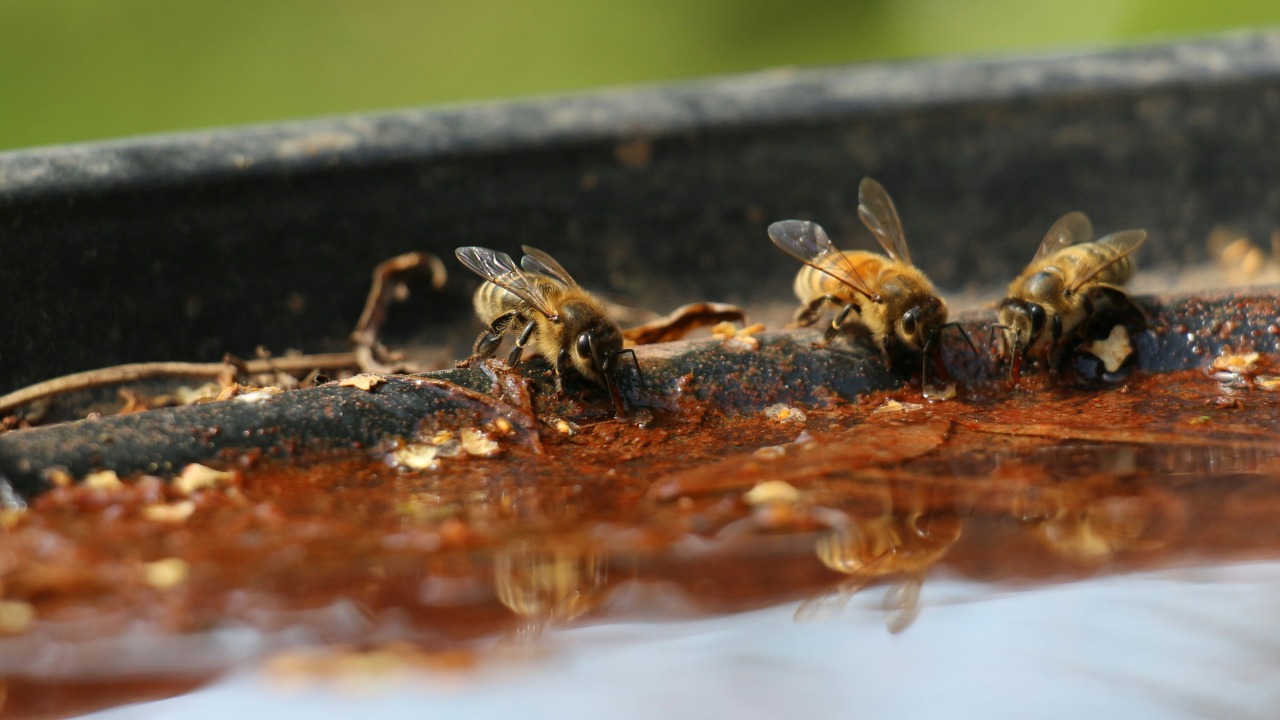
Wild honeybees play a crucial role in pollination, contributing to 80% of Europe’s crop pollination. Their decline could potentially cost the agricultural sector €15 billion annually in lost yields. This economic impact underscores the importance of conserving these vital insects.
The decline in honeybee populations also has broader biodiversity impacts. Approximately 4,000 plant species rely on honeybee pollination, and reduced seed production has been observed in 20% of studied habitats. Furthermore, bees play a crucial role in maintaining food security for 500 million Europeans through pollinated fruits and vegetables, highlighting the human health angles of this issue.
Proposed Conservation Strategies
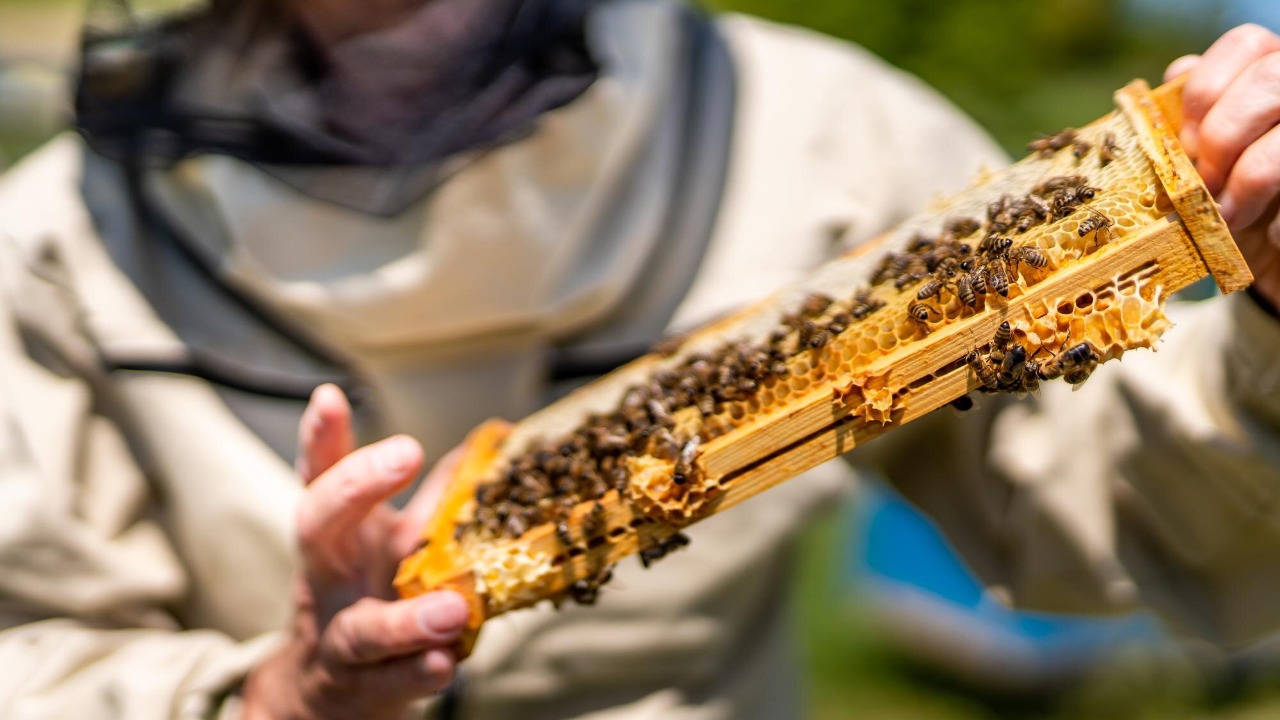
The IUCN has proposed several policy recommendations to address the decline in wild honeybee populations. These include a Europe-wide ban on certain pesticides by 2025 and the creation of 1 million hectares of bee-friendly habitats. These strategies aim to mitigate the threats faced by these insects and promote their recovery.
Community-level actions also play a crucial role in conservation efforts. Rewilding projects in Spain and Italy have boosted local wild bee populations by 40% through wildflower planting since 2020. As lead assessor Dr. Theo Lozan from the IUCN emphasizes, “We must act now to protect these vital insects before it’s too late,” underscoring the need for international cooperation.